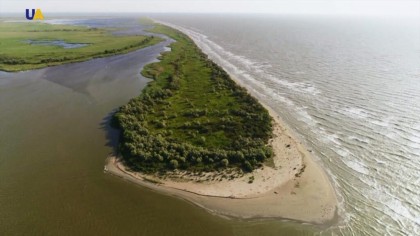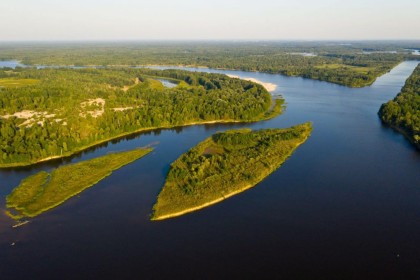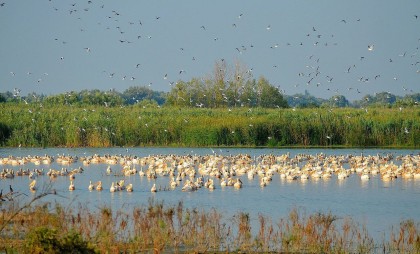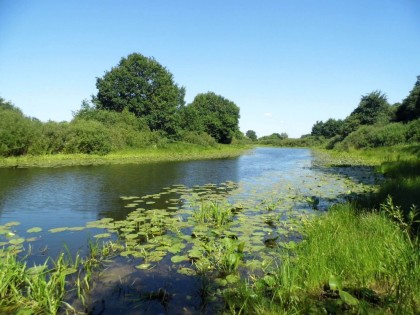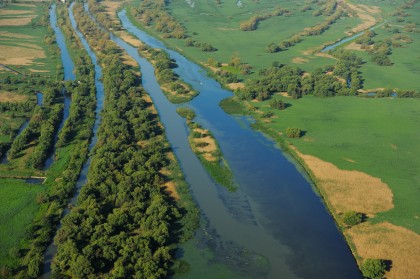The Danube Delta is one of the most impressive natural areas in Europe, and at the same time, its youngest part of the land. It began to form about 10-12 thousand years ago, after the last ice age, and continues to actively develop to this day. Every year, the Danube River brings about 67 million tons of sediment here, which contributes to the formation of new islands, branches and wetlands. This is a living example of how nature itself creates new land.
The delta covers about 6,750 km², of which more than 2,200 km² are located in Ukraine. It is home to more than 5,500 species of animals and over 1,200 species of plants. It is home to the largest population of pelicans in Europe, including pink ones, as well as hundreds of species of waterfowl, many of which are listed in the Red Book of Ukraine. In addition, the delta is an important place for bird migrations between Eurasia and Africa.
This area is included in the Danube Biosphere Reserve, which is protected both nationally and internationally. The reserve is part of the UNESCO global network of biosphere reserves and the Emerald Network of Europe. This confirms its exceptional ecological value and the need to preserve the unique natural processes that occur here.
The delta is not only a natural gem, but also a source of numerous ecosystem services. It purifies water, regulates the microclimate, controls floods, and is an important source of resources for the local population, including fishing. Its wealth attracts scientists, wildlife photographers, and ecotourists from all over the world.
One of the notable initiatives in recent years has been the restoration of traditional animal grazing - in particular water buffalo, which play an important role in maintaining open landscapes and biodiversity. Work is also actively underway on the ecological restoration of the old branches of the Danube, combating invasive plant species, and monitoring the state of the environment.
The development of sustainable tourism and the preservation of natural processes in the delta are an example of a harmonious combination of nature conservation and economic benefits for local communities. Visitors can enjoy kayaking, bird watching, photographing unique landscapes and getting acquainted with the traditional culture of the delta.

